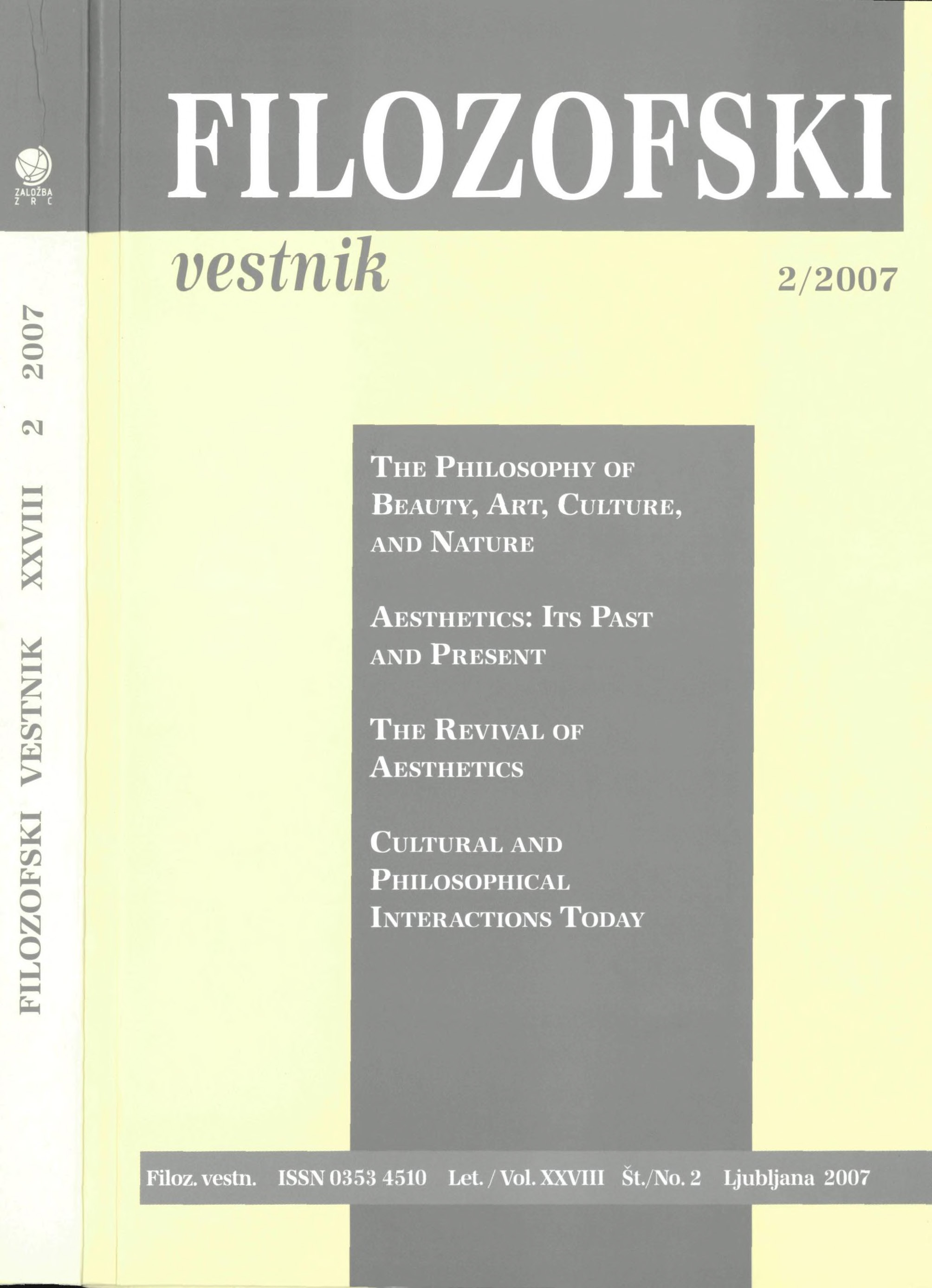Mode-2 Aesthetics
Povzetek
The author's initial assumption is that in the eyes of much of the younger generation of artists, curators, art critics, and even philosophers, aesthetics has lost its potential to say essential or meaningful truths about contemporary art. Since their beginnings in the eighteenth century, both art and aesthetics have drawn their import from the division between the aesthetic and the practical. The work of Kant generated a tradition which was decisive for our understanding of aesthetics. For this tradition the central issue was the autonomy of art (or, later, the autonomy of culture). It has now become clear that both art and culture have gradually lost their autonomy, and that consequently aesthetics as a discipline lost its former significance. It is, however, important to realise that if society has changed, then not only art and aesthetics, but also other fields and disciplines have had to respond to this change. Due to the fact that for the most part the co-evolution of society and science is responsible for the change that we are witnessing, the author focuses on changes in the contemporary production of knowledge in order to understand this change, in the hope that it could be enlightening to aesthetics as well. He proceeds to the close reading of the theory of scientific knowledge production developed by Michael Gibbons et al, termed Mode-2. In the final part of the article the relation between knowledge production and art/culture is established, showing that aesthetics needs transgress its disciplinary borders in order to survive.Prenosi
Podatki o prenosih še niso na voljo.
Prenosi
Objavljeno
2007-01-01
Kako citirati
Ženko, E. (2007). Mode-2 Aesthetics. Filozofski Vestnik, 28(2). Pridobljeno od https://ojs.zrc-sazu.si/filozofski-vestnik/article/view/3177
Številka
Rubrike
Aesthetics: Its Past and Present
Licenca
Avtorji jamčijo, da je delo njihova avtorska stvaritev, da v njem niso kršene avtorske pravice tretjih oseb ali kake druge pravice. V primeru zahtevkov tretjih oseb se avtorji zavezujejo, da bodo varovali interese založnika ter da bodo povrnili morebitno škodo.
Podrobneje v rubriki: Prispevki





